
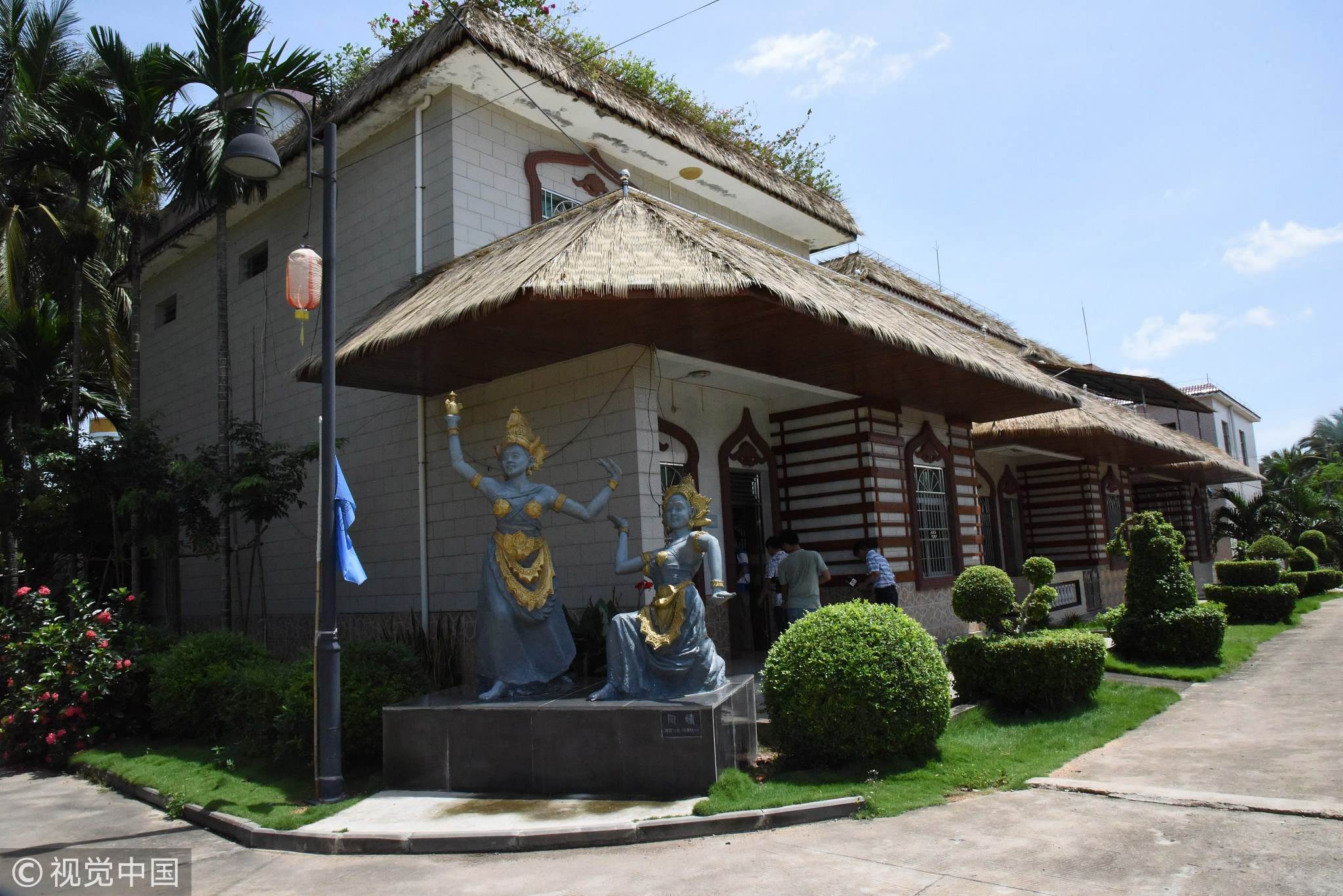
A village full of Indonesian styles is not a typical tourist destination in south China’s Hainan Province. More than 100 Chinese-Indonesians settled in the so-called “Indonesian Village” in Qionghai City after violence against them broke out in Indonesia in the 1960s. People there now live a cozy life, still speaking fluent Indonesian and keeping up traditional customs. /CFP Photo
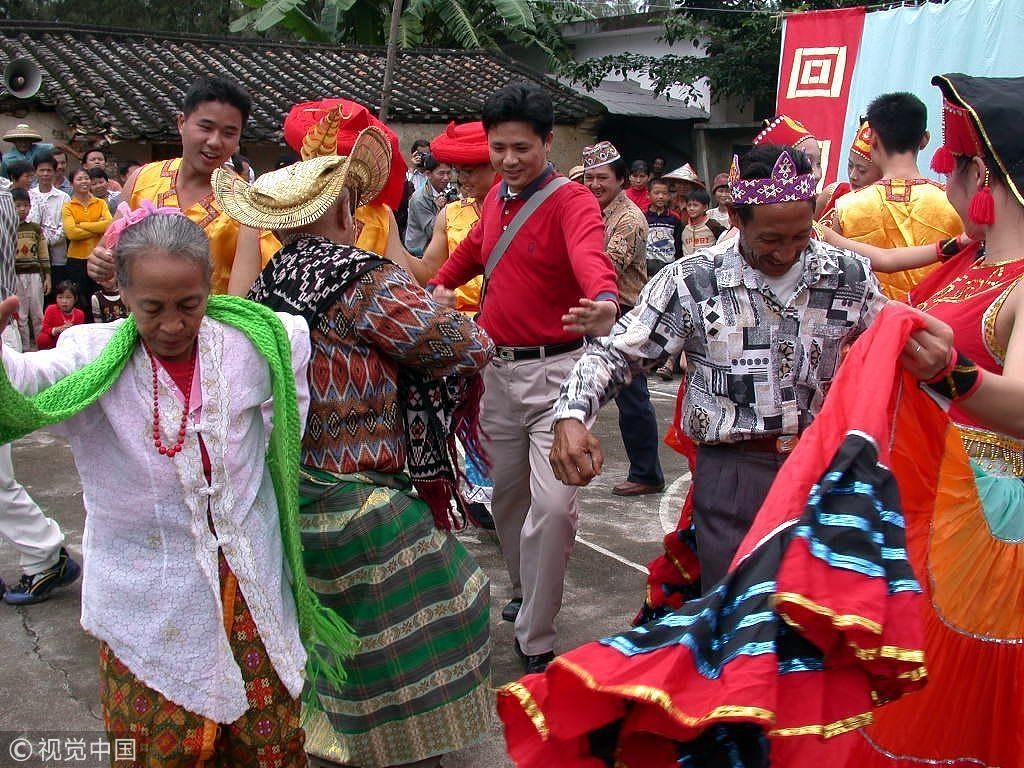
Hospitable villagers dressed in traditional Indonesian costumes dance with visitors, giving them a warm welcome. /CFP Photo
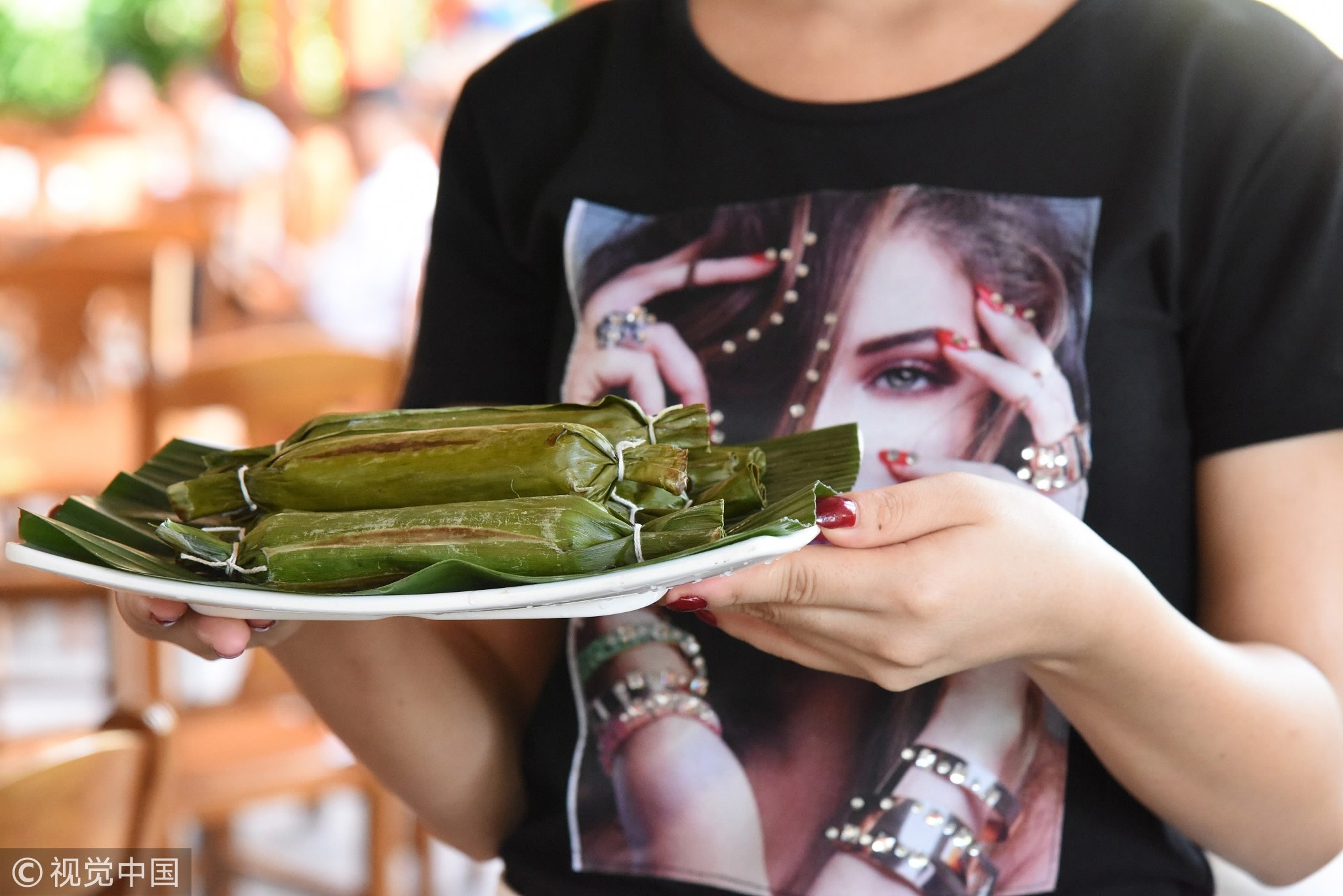
A local restaurant serves the traditional Indonesia snack Gogos -- sticky rice mixed with fish and wrapped in a banana leaf. /CFP Photo
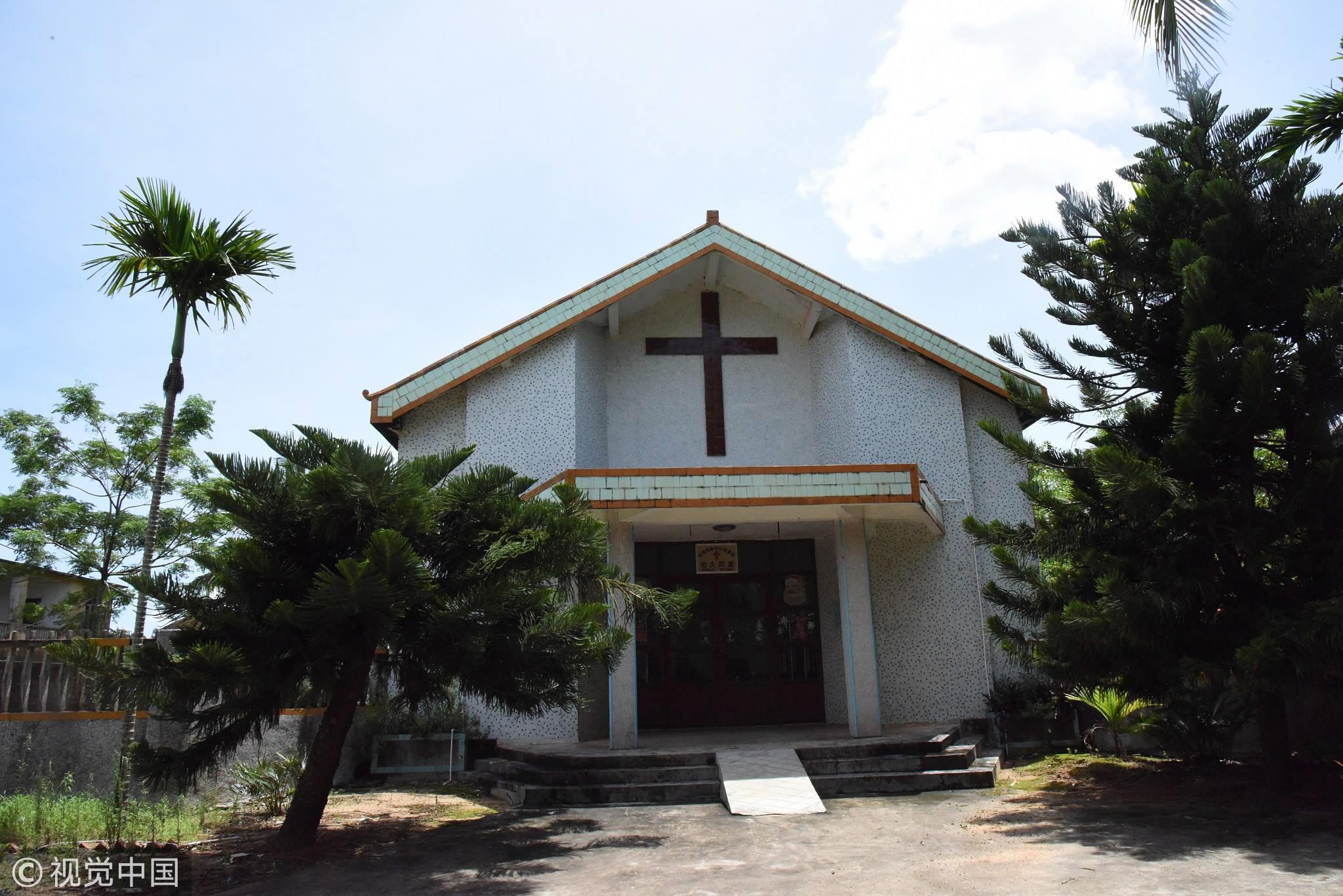
Betania Church, topped by a spire, is the place many local people go to practice their faith. Though the majority of Indonesians identify themselves as Muslims, the Chinese-Indonesians living in the village are mostly Christians as they originally came from Indonesia’s West Timor. /CFP Photo
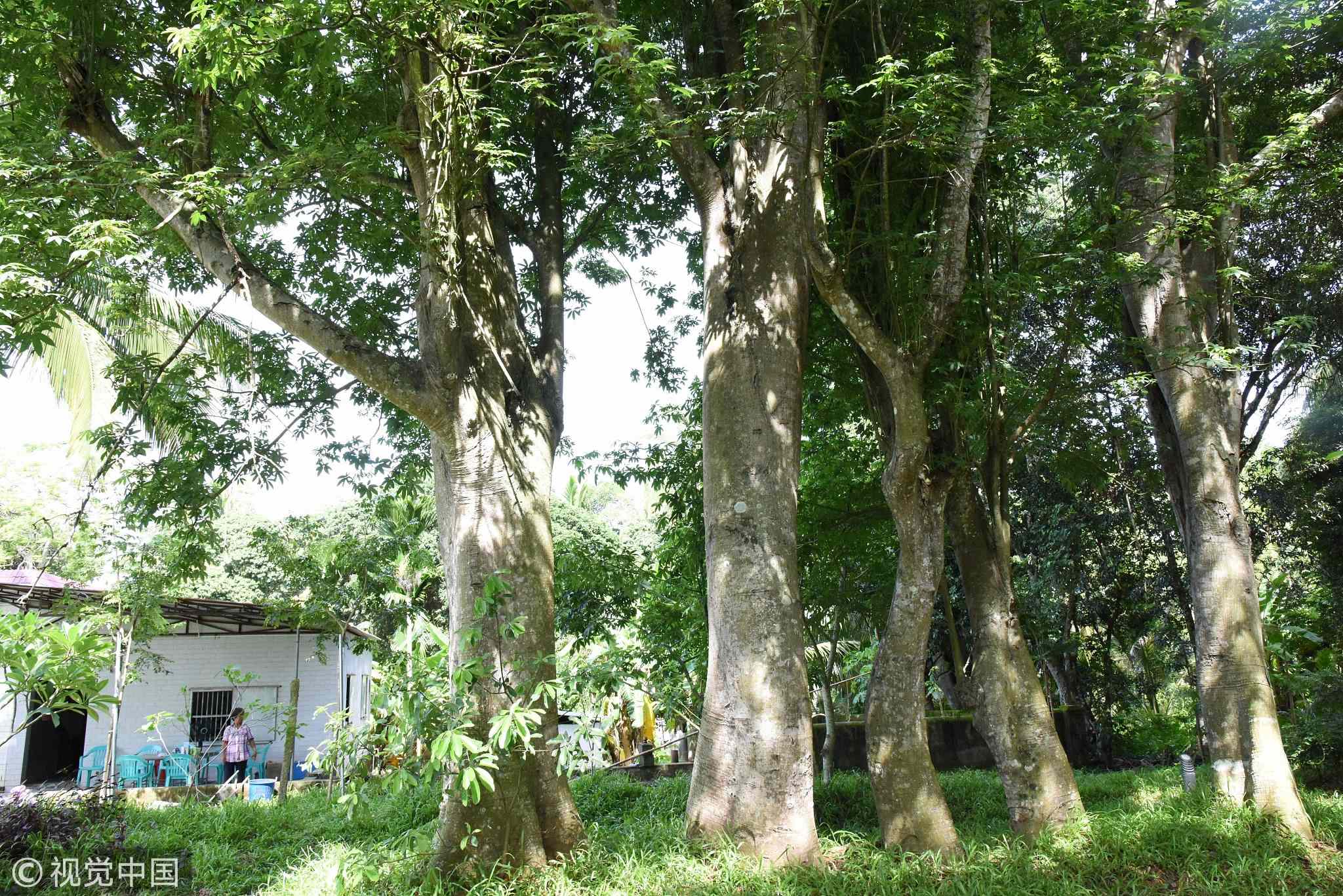
Bombax can be found on many Hainan streets. The tropical tree, which belongs to the mallow family, is native to Southeast Asia and the subtropical regions of East Asia. During January to March, the tree’s red flowers will be in full blossom, yet the tree will be leafless. /CFP Photo

Copyright © 2018 CGTN. Beijing ICP prepared NO.16065310-3
Copyright © 2018 CGTN. Beijing ICP prepared NO.16065310-3